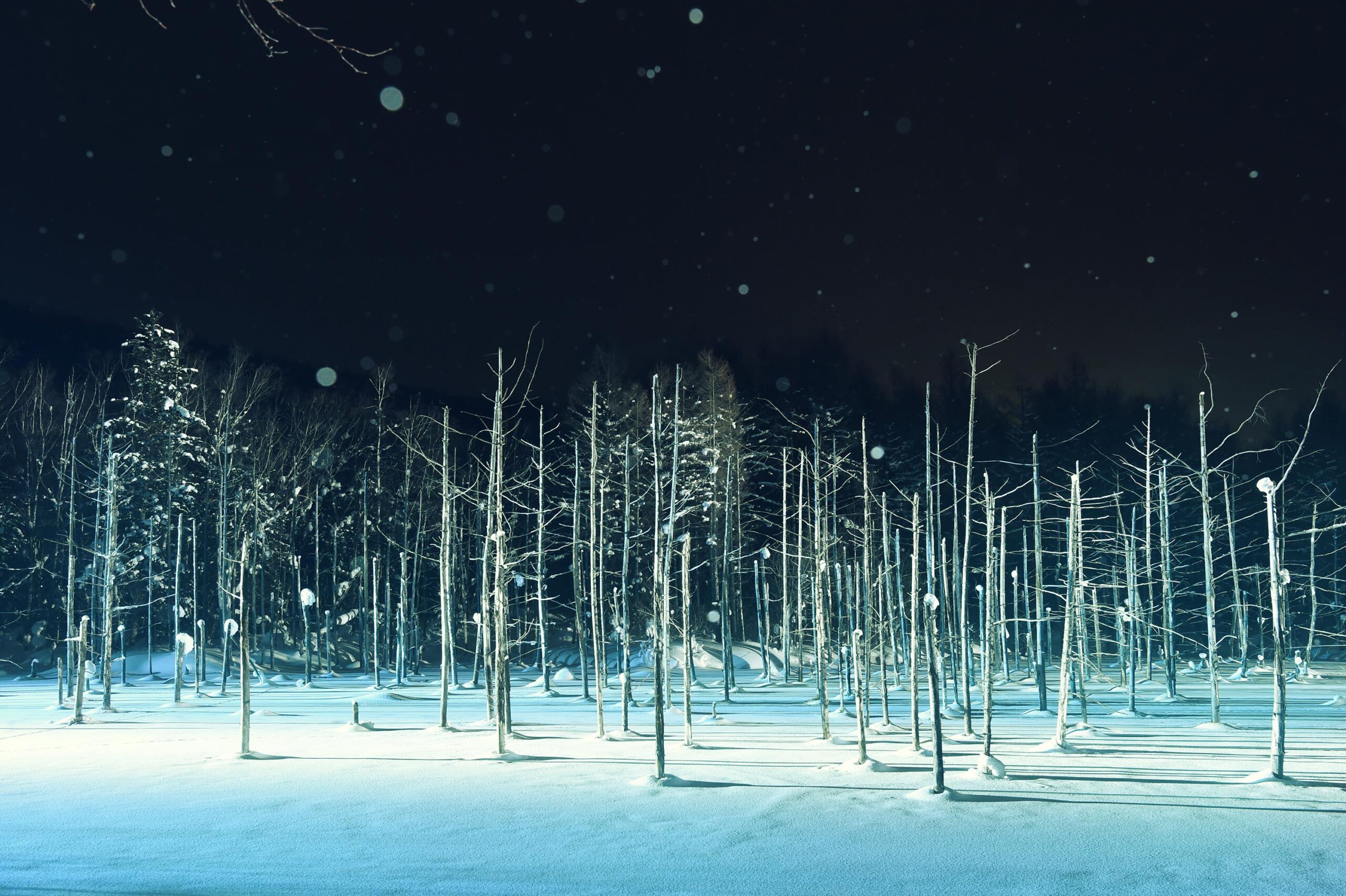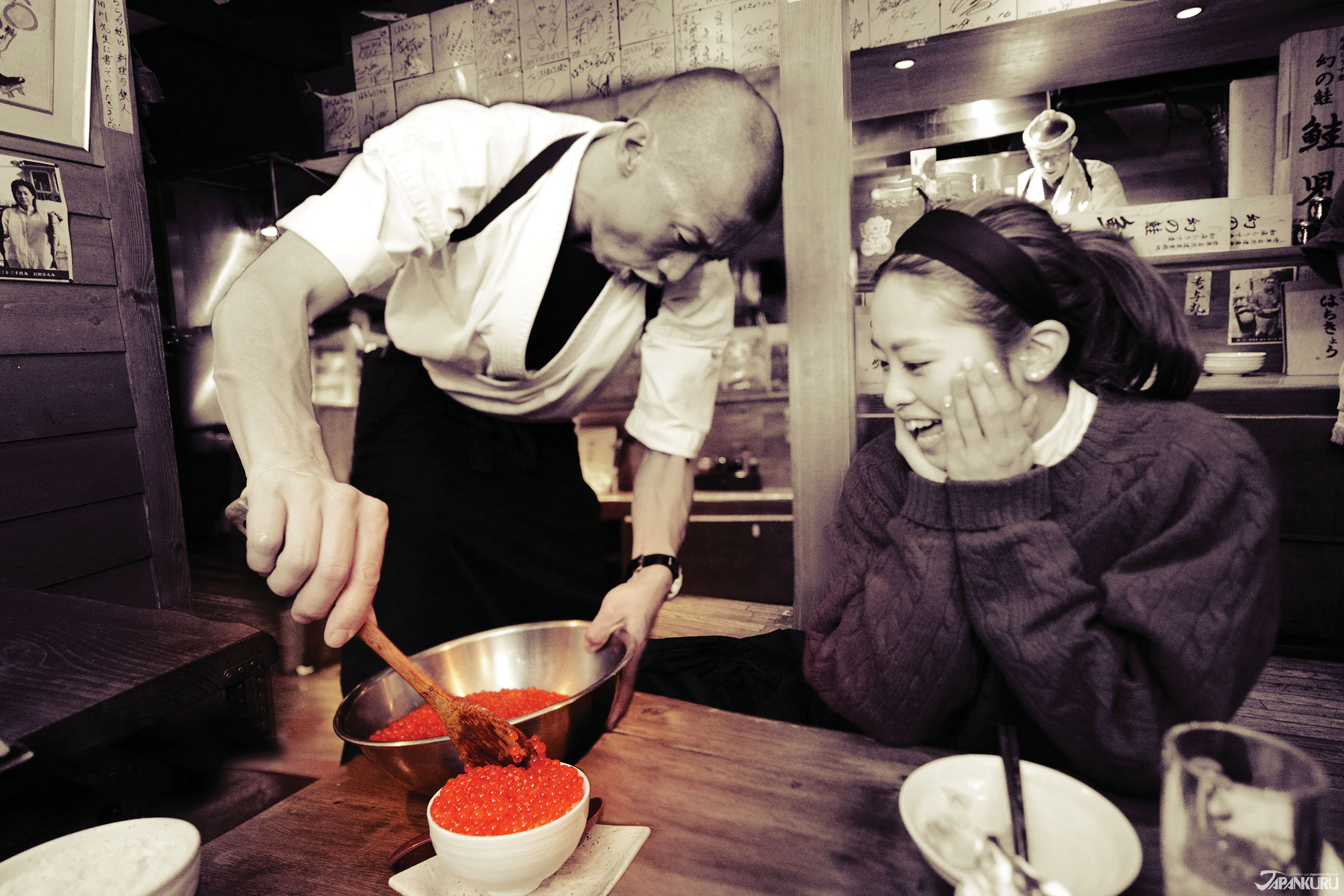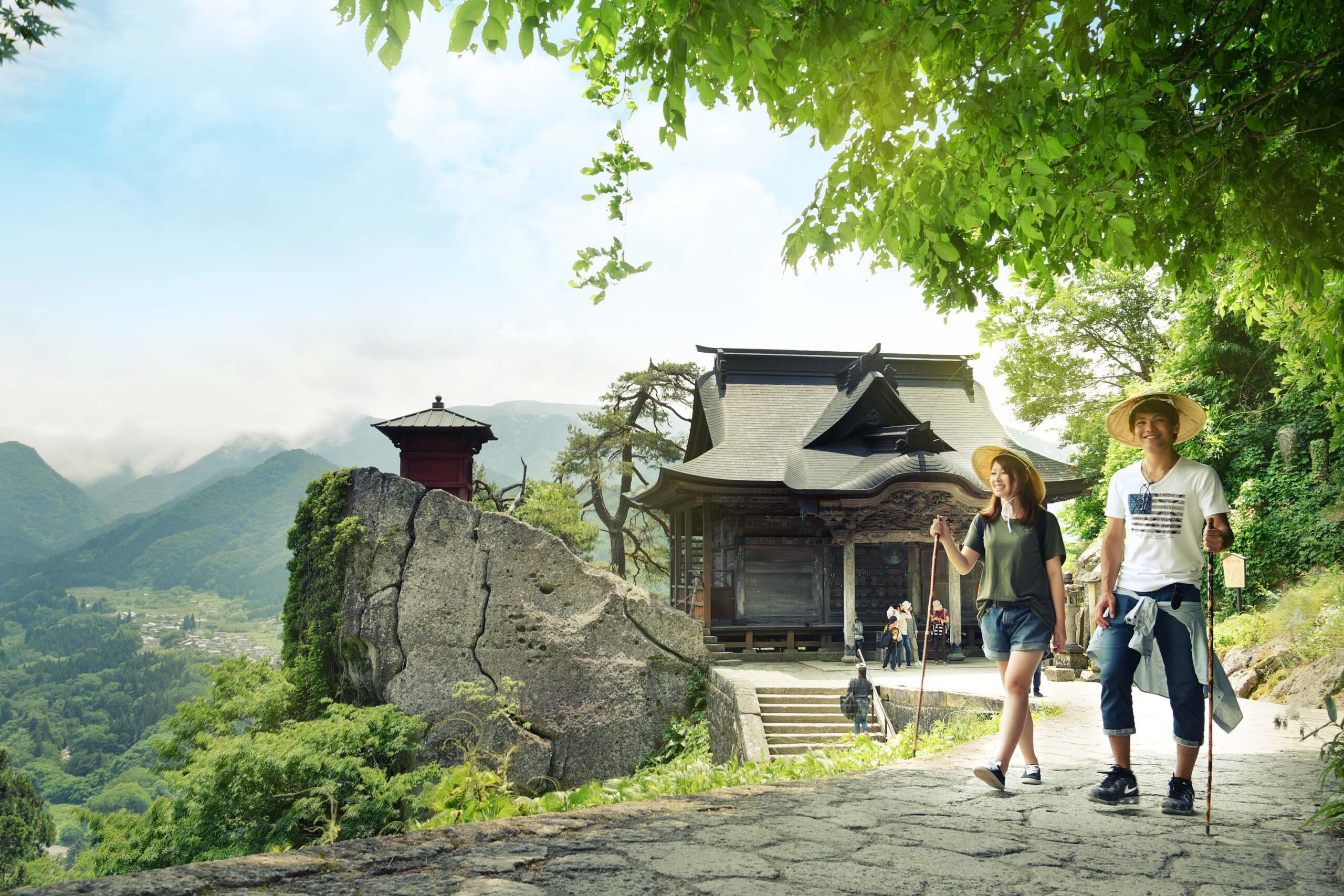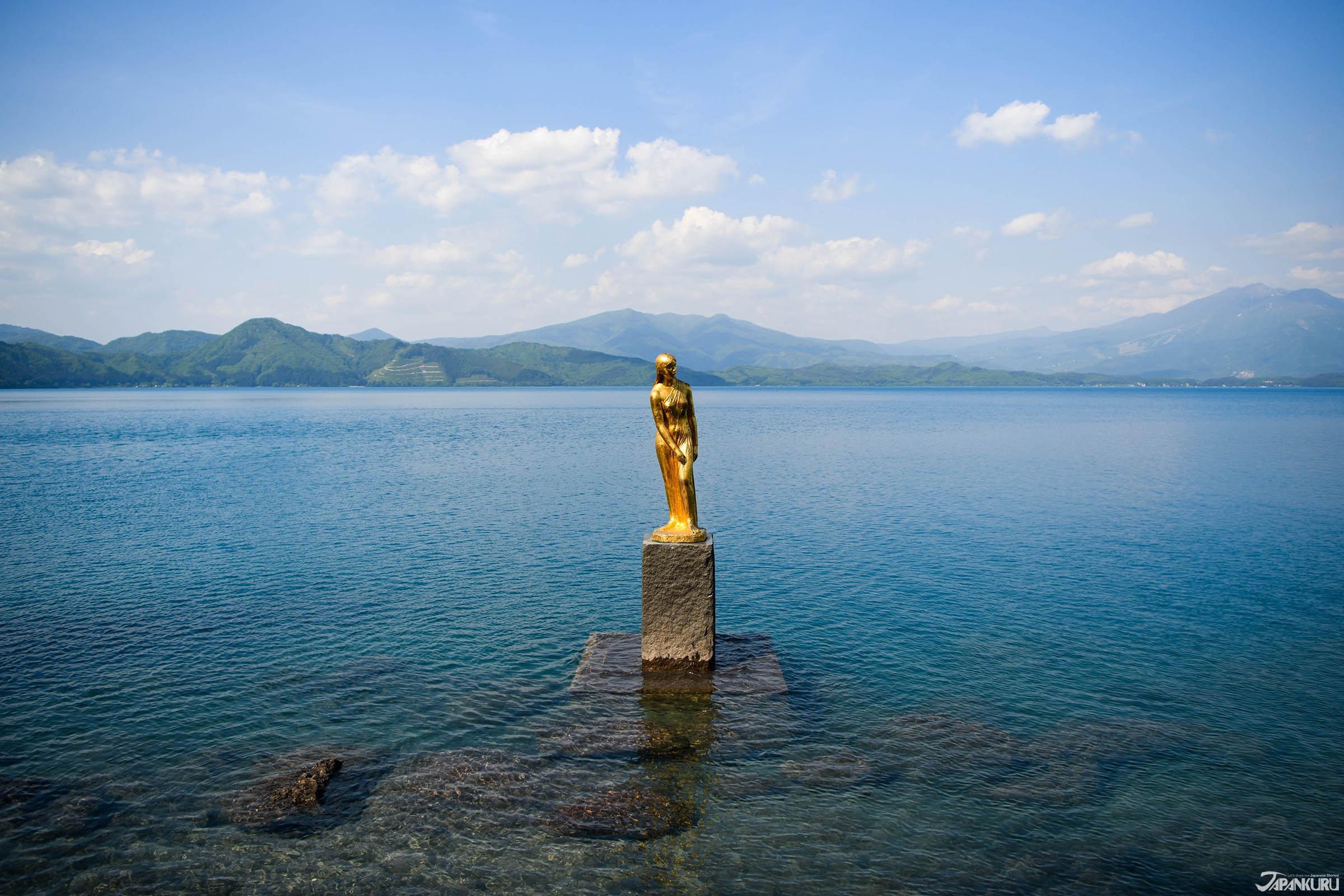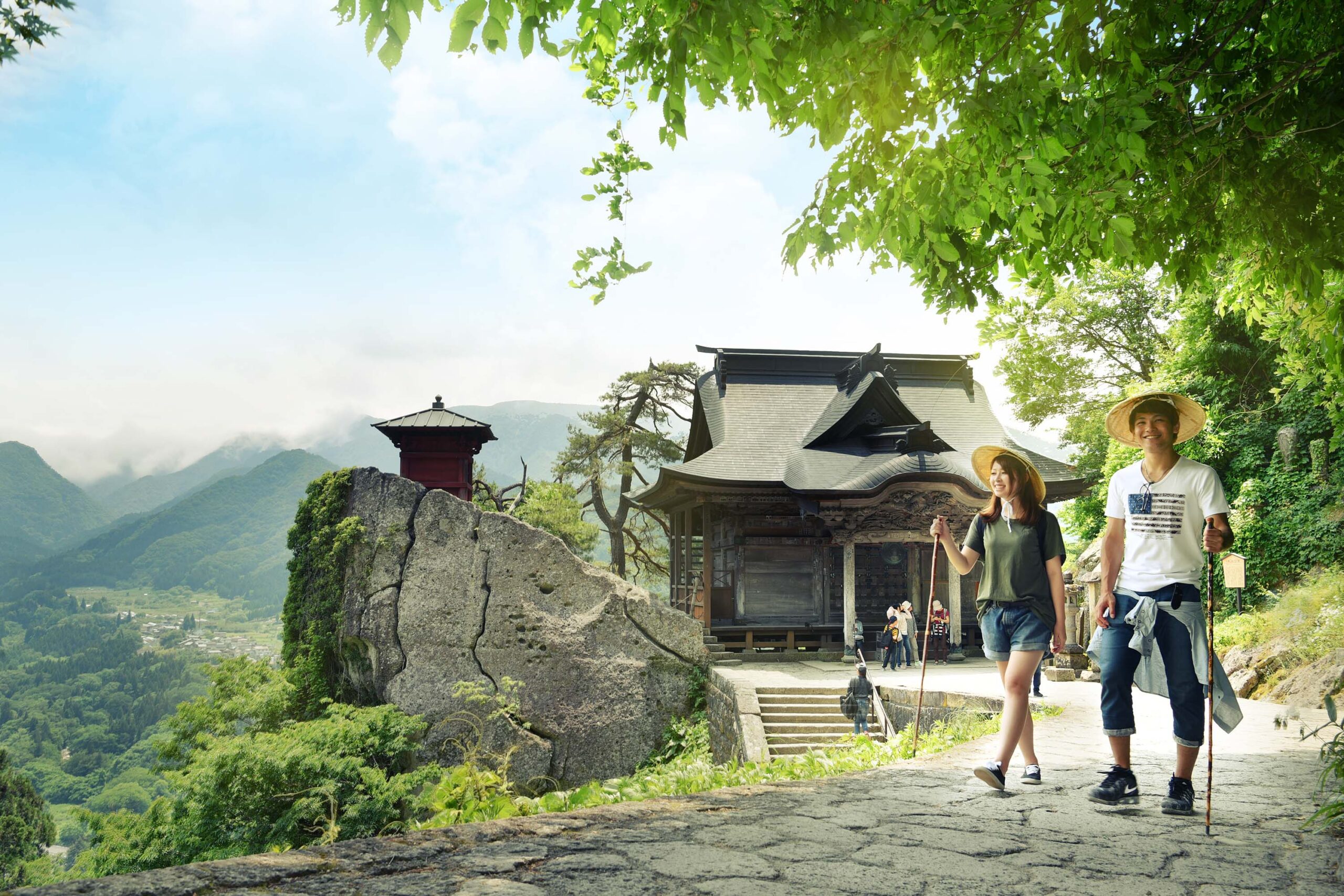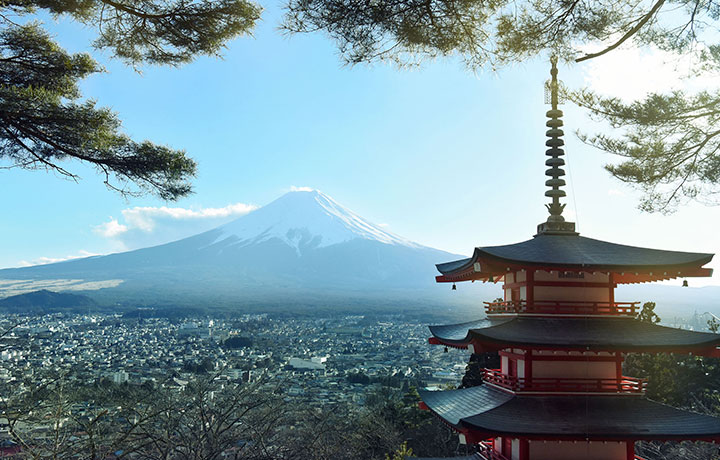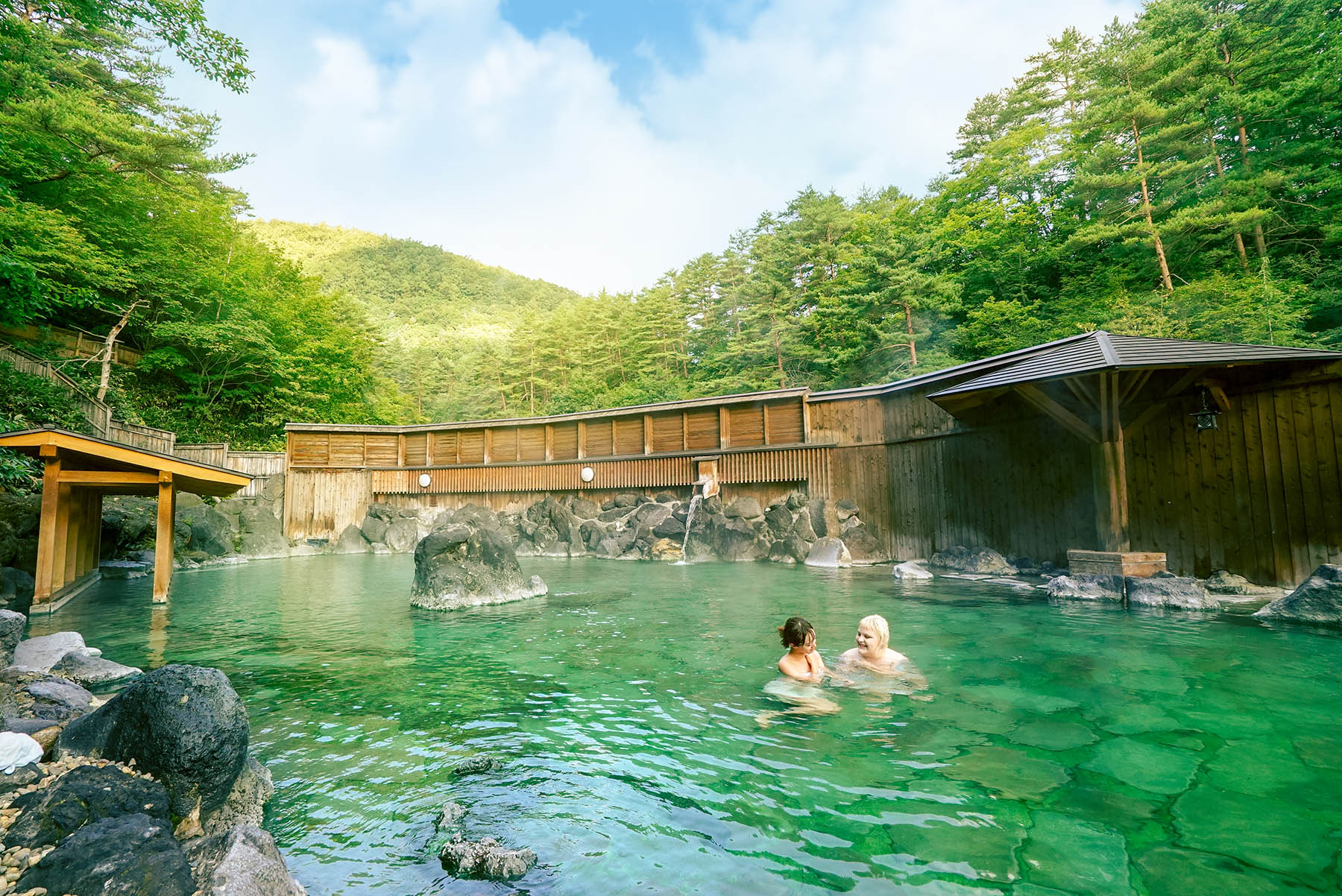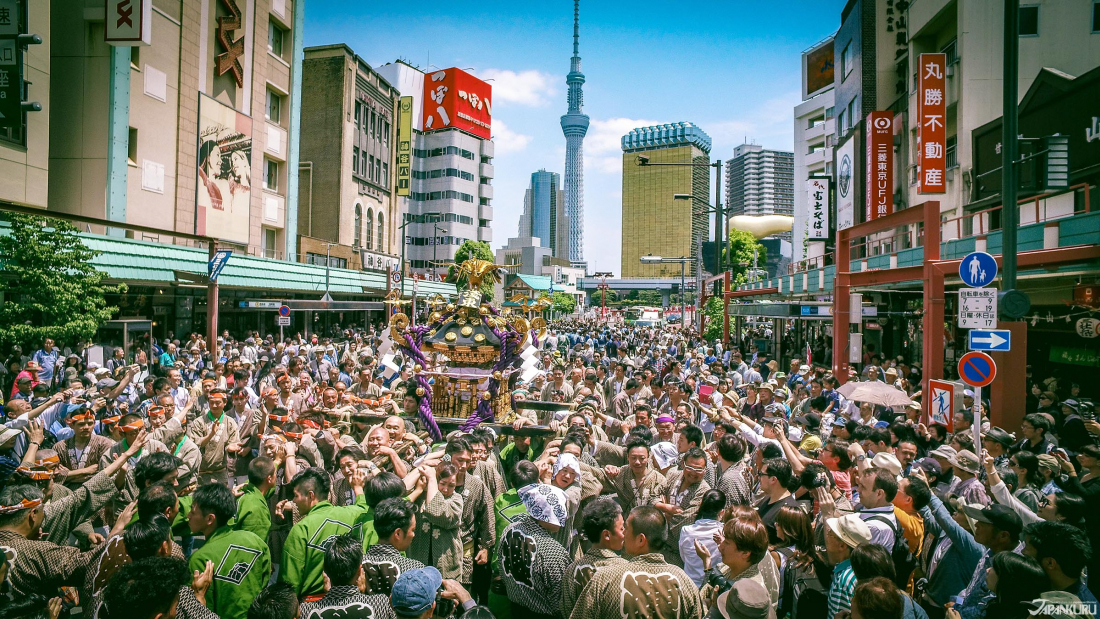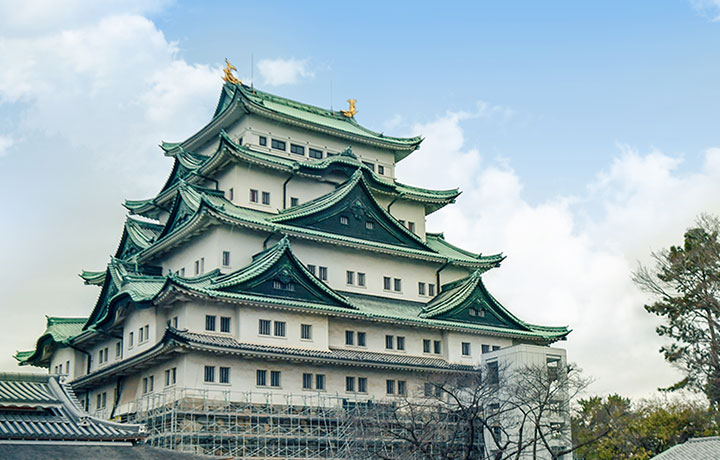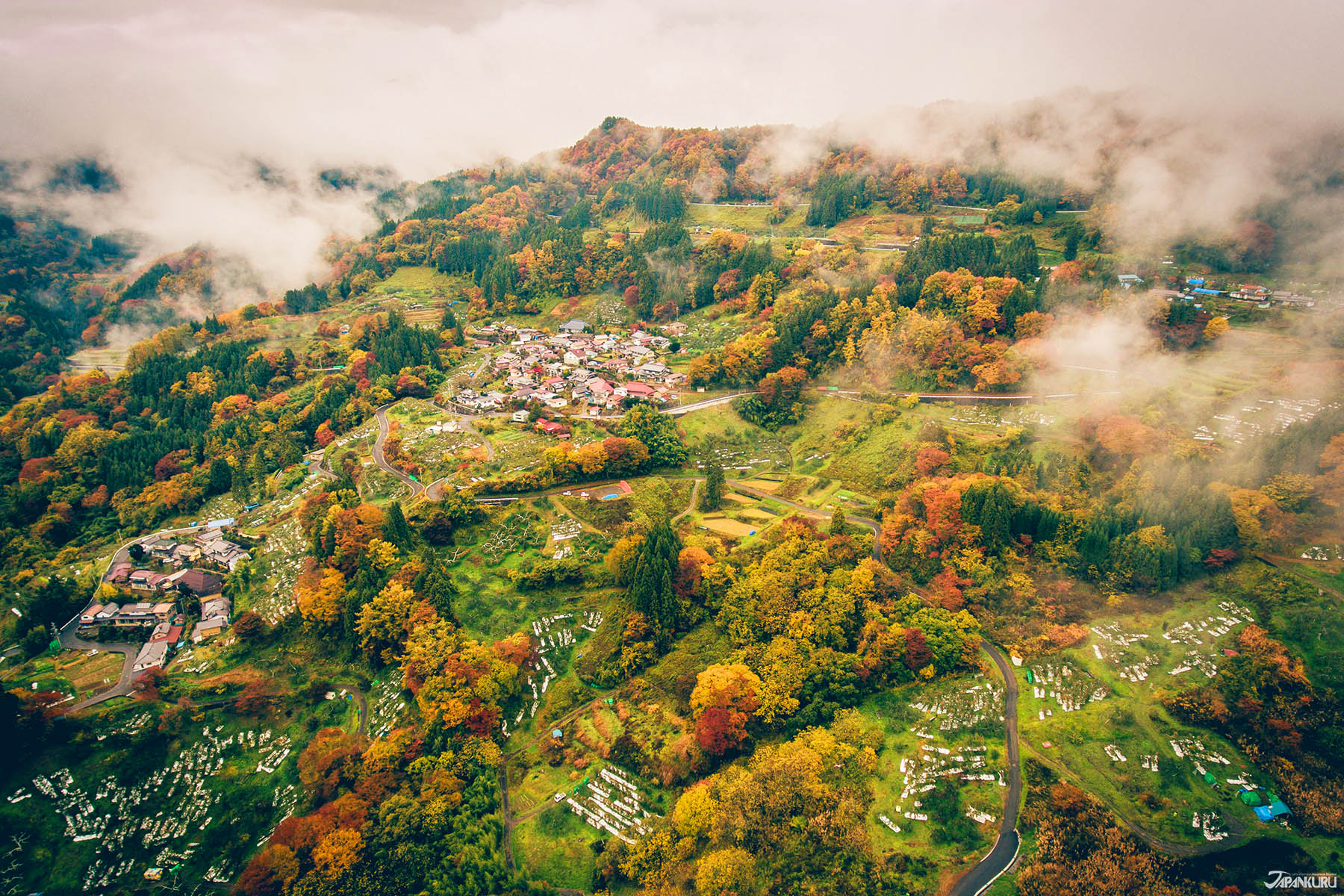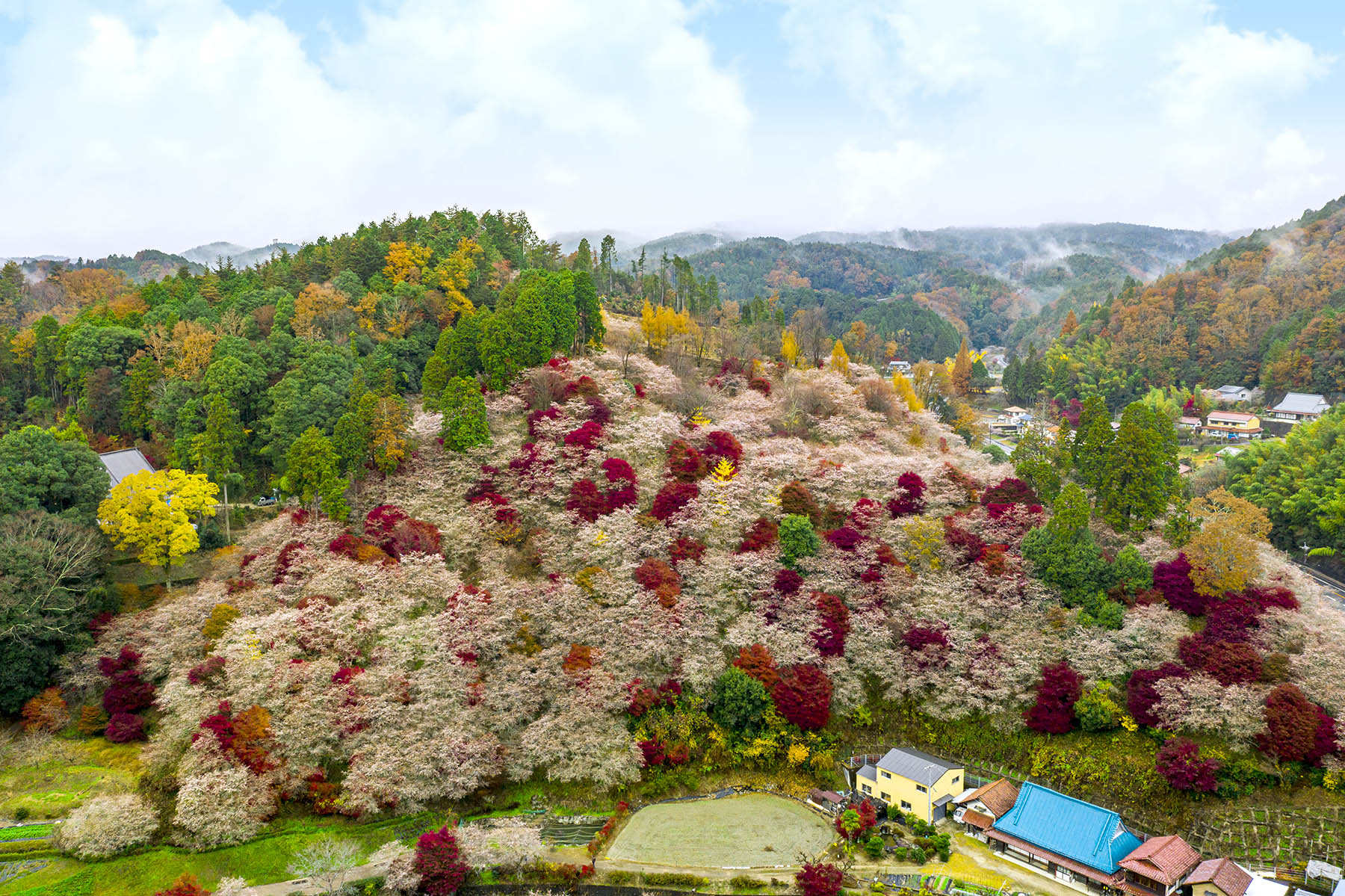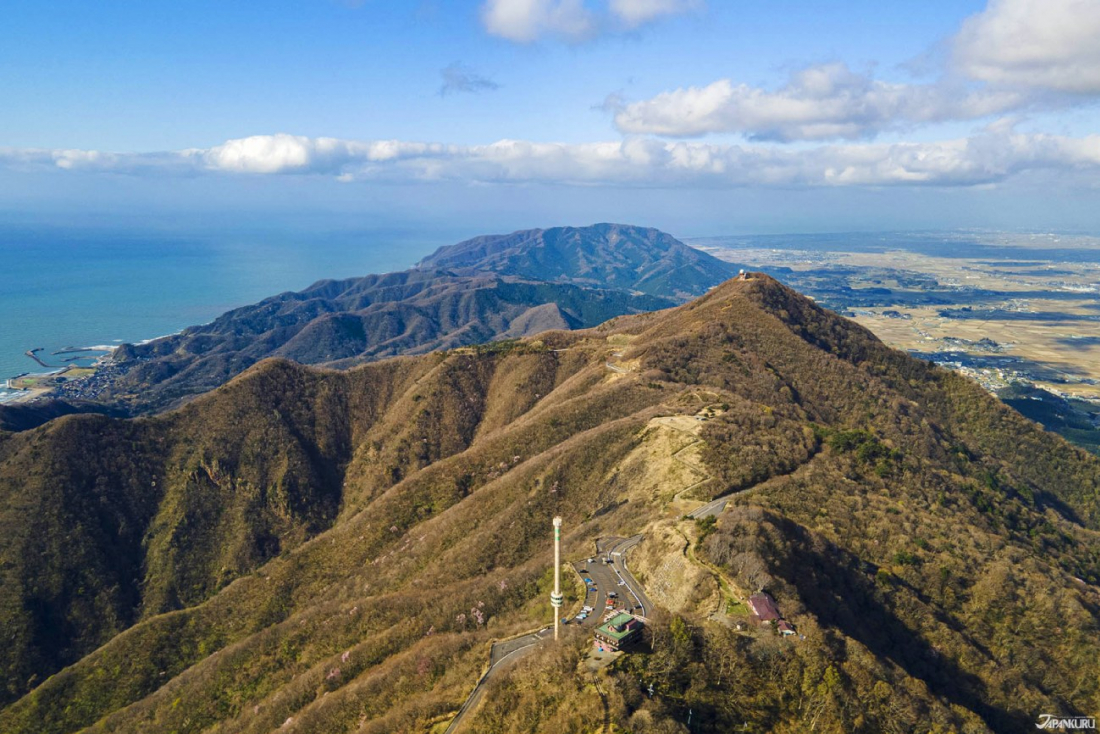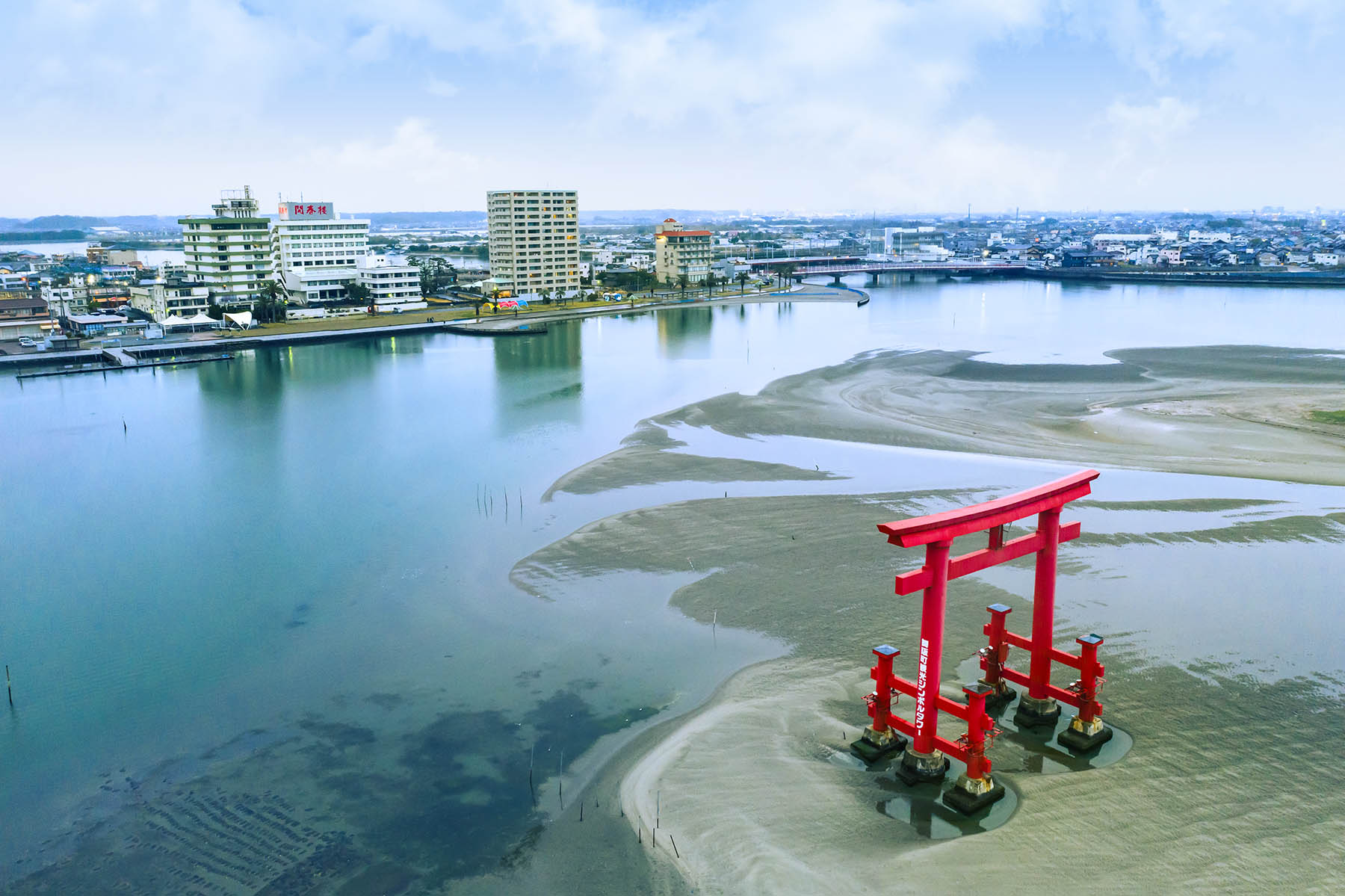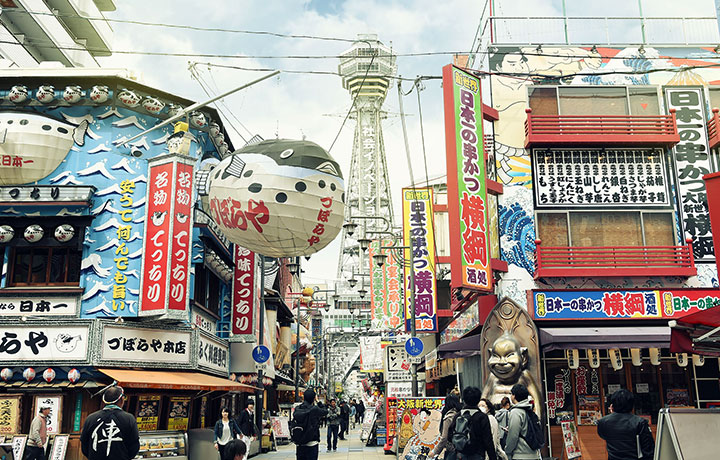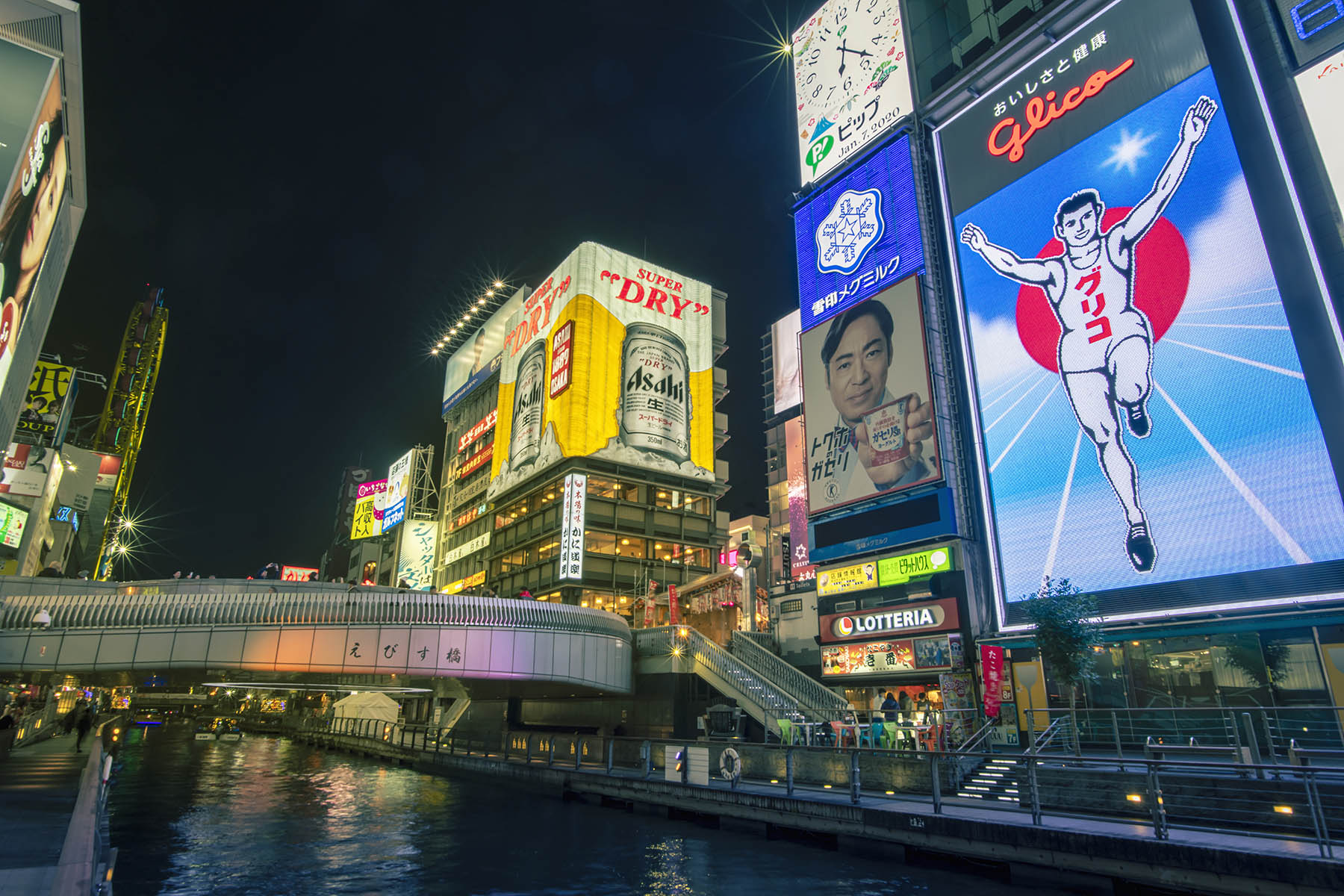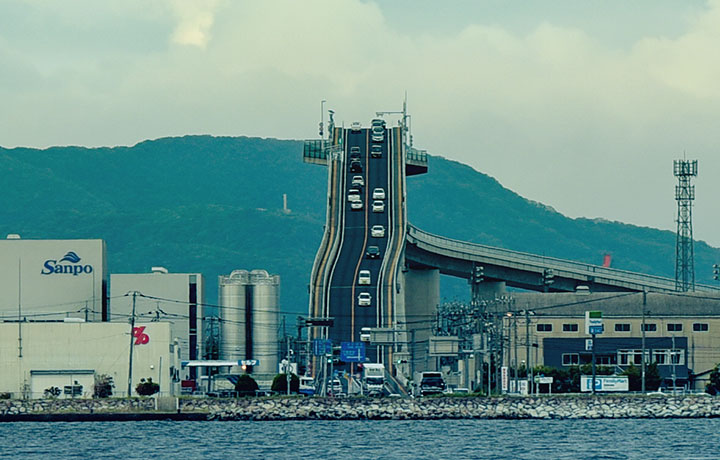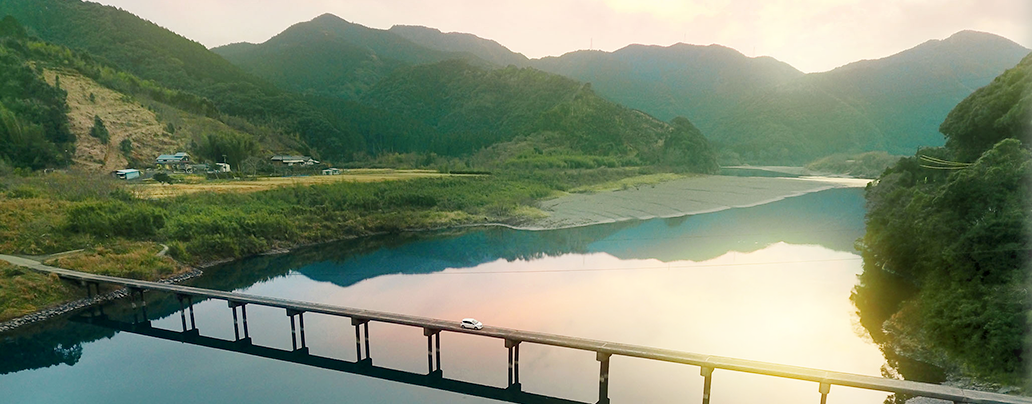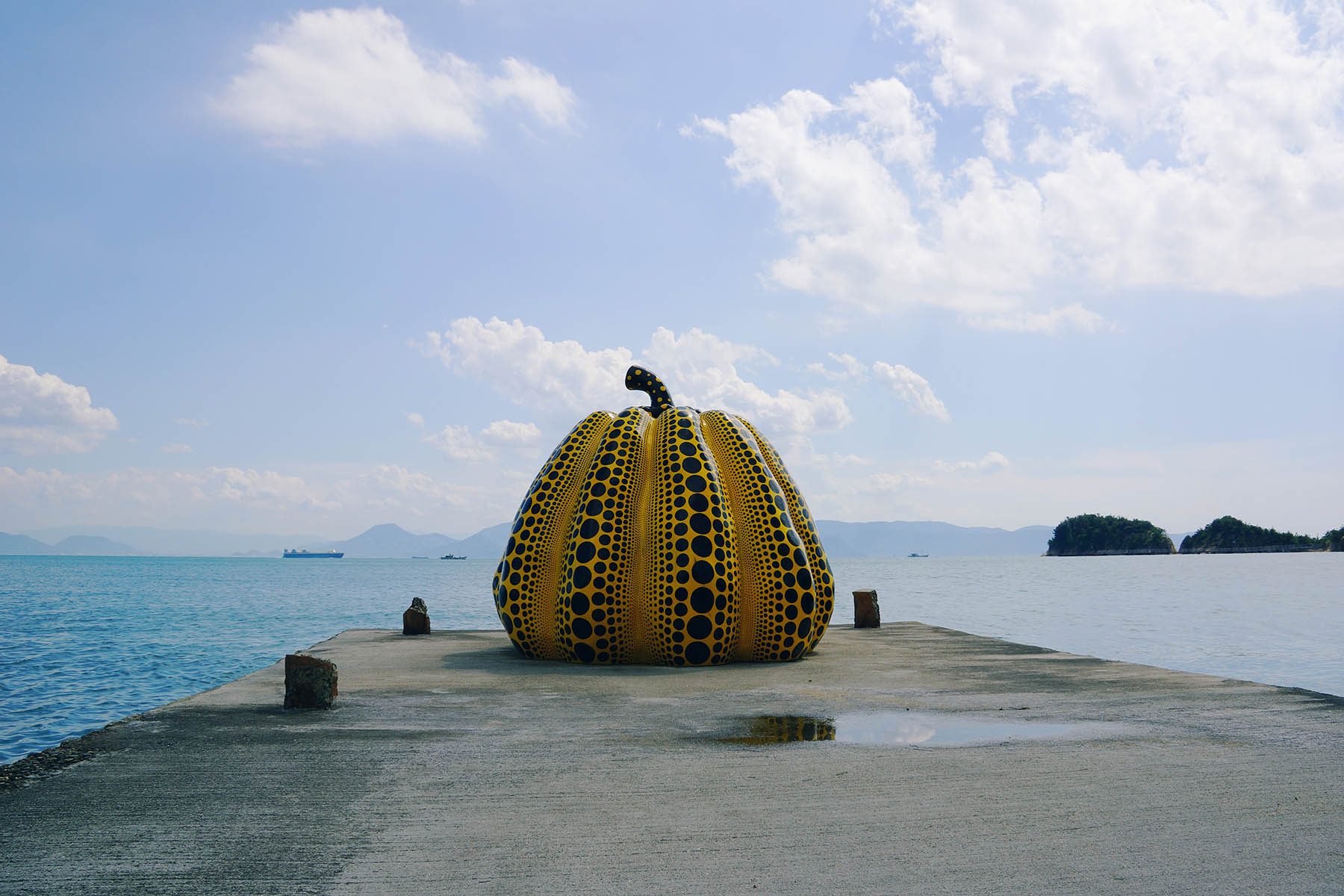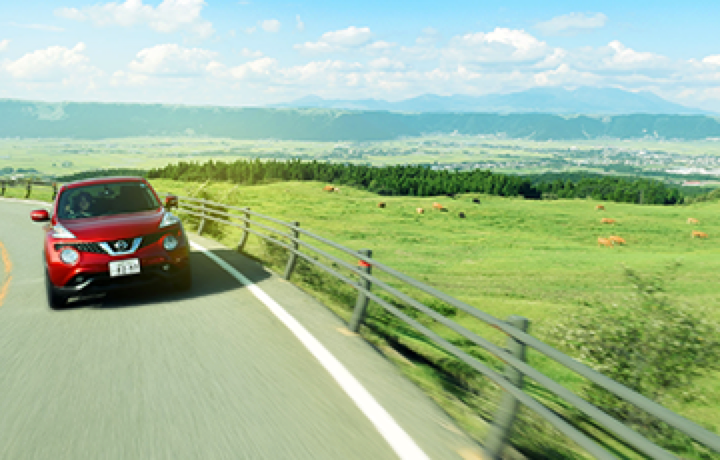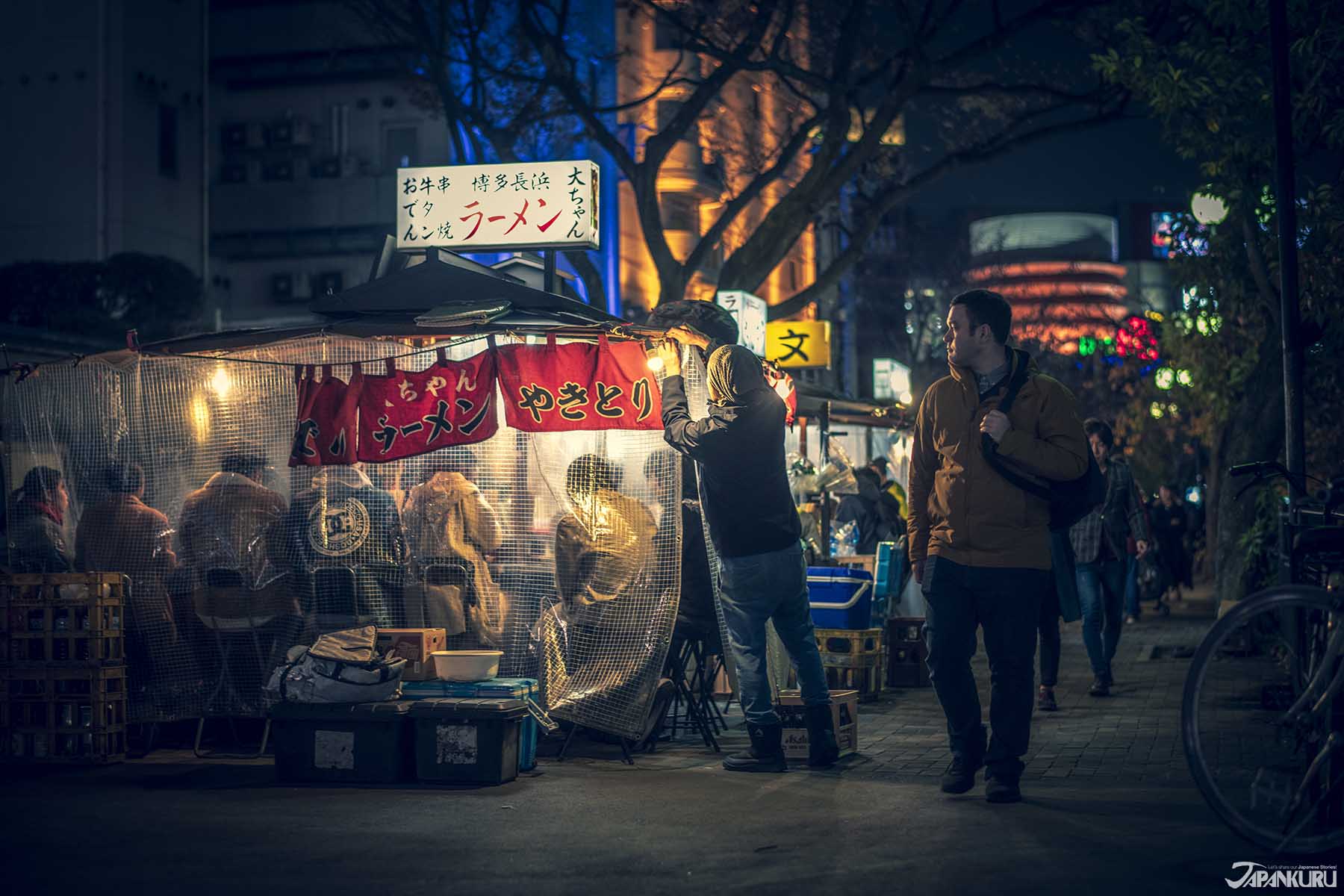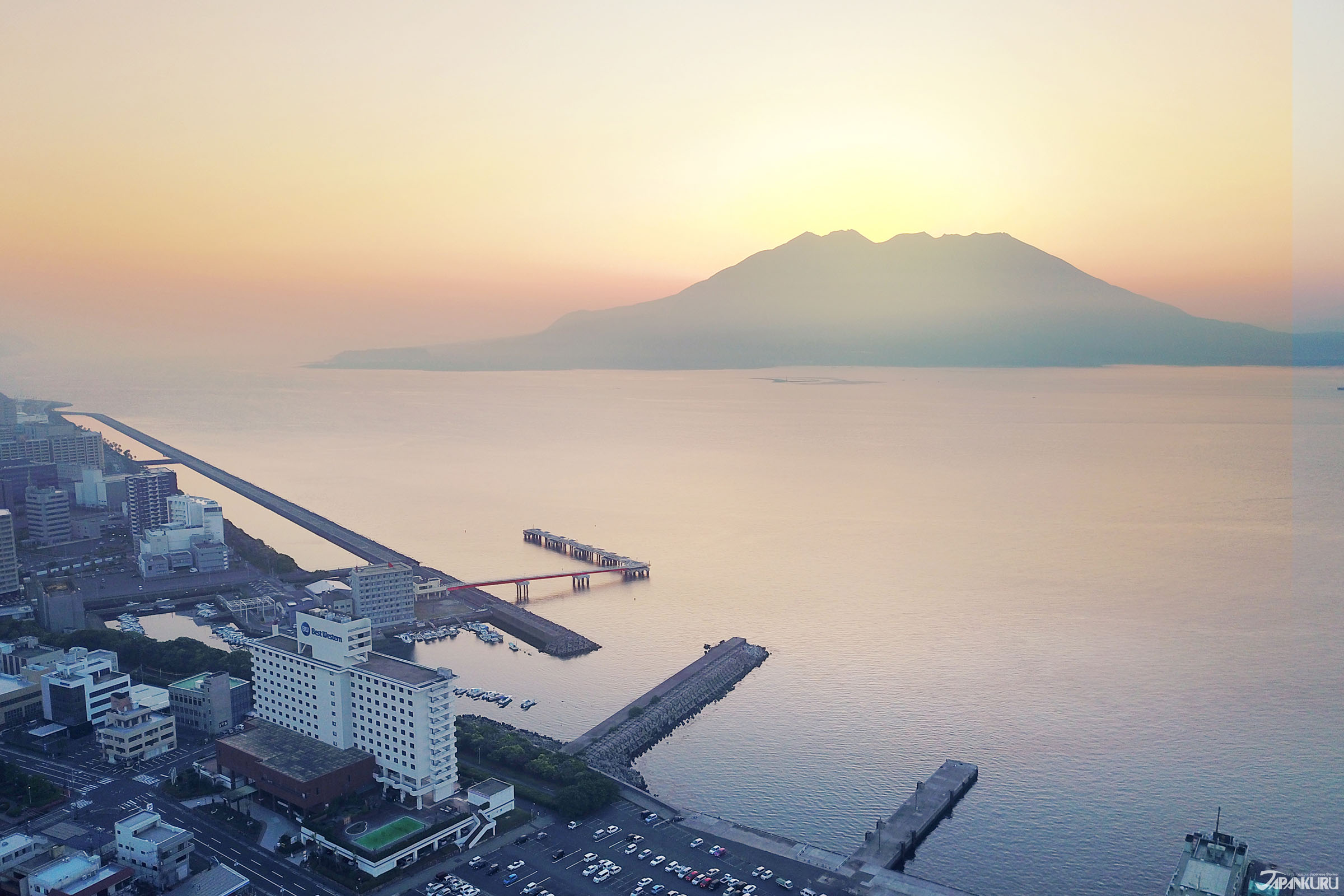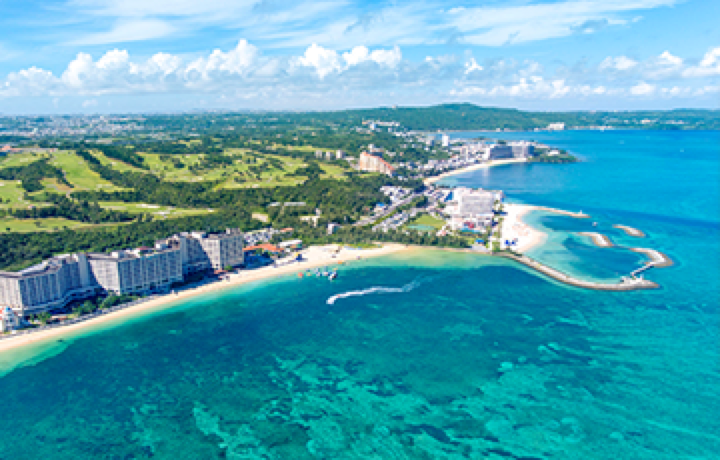
CONTENTS
Près de Tokyo mais très différent de la capitale, ce rapide voyage hivernal à Tochigi vous fera vivre des paysages naturels rares et de l’artisanat traditionnel, et une chance de plonger vos orteils dans l’air pur et les fruits délicieux de la campagne japonaise!
Visiter Tochigi pour un hiver vivifiant
Tochigi propose un type différent de voyage hivernal, avec des villes plus petites pleines d'habitants sympathiques, espacées par une campagne ensoleillée, et jamais loin du centre pratique de Tokyo. Ce voyage hivernal dans quatre villes de Tochigi n'est pas loin de la capitale du Japon, mais il comprend des paysages naturels comme nulle part ailleurs, des fruits savoureux cueillis directement sur la tige, de l'artisanat traditionnel transmis au fil des générations et des façons de participer à ces derniers!
1. Oyama (小山市)
Watarase Reservoir (渡良瀬遊水地)
Watarase Reservoir, également appelé Watarase Retarding Basin, est une zone humide Ramsar qui s'étend sur 3300 hectares, une grande partie des terres couvertes de hauts roseaux qui prennent une couleur dorée accueillante après la fin de l'été. Il y a plus d'un siècle, la région était parsemée de marais et de zones humides comme le marais d'Akaso, et les habitants ont construit des villages à proximité tout en cultivant la terre. De nos jours, l'un de ses principaux objectifs est de collecter les eaux de crue et d'éviter les inondations massives dans la région de Tokyo, mais la région est toujours un trésor naturel! Des dizaines d'espèces de poissons et d'oiseaux s'installent dans l'eau et sur la terre, et de nombreux oiseaux s'arrêtent au cours de leurs migrations annuelles et environ 1000 espèces de plantes différentes poussent dans ces zones humides.
En arrivant au réservoir Watarase, la première chose qui vous saute aux yeux est le champ infini de grands roseaux, appelé "yoshi" (よ し) en japonais. Glissez-vous entre les roseaux serrés, chacun facilement deux ou trois fois votre hauteur, et vous aurez l'impression de marcher dans un autre monde ou une scène d'animé japonais. Lorsque le temps est chaud, les roseaux creux yoshi gardent l'air frais, c'est pourquoi ils sont utilisés "papirus" japonais traditionnels (et les anches de Watarase sont considérées comme les meilleures), mais à l'automne, les roseaux perdent leurs feuilles et il est plus facile de s'y promener sans se retrouver face à un mur de verdure.
Quand l'hiver prend fin en mars, les habitants préparent la terre pour une année de nouvelle croissance avec un événement spectaculaire qu'ils appellent "Yoshi-yaki" (よ し 焼 き), littéralement "Brûlot de yoshi"! Après une préparation minutieuse, les spectateurs regardent les champs de roseaux bruler. D'ailleurs, la fumée qui s'échappe des flammes est suffisamment intense pour apparaître sur les radars météorologiques!
Pour les amateurs d'oiseaux, cet endroit est un incontournable. Les cigognes orientales construisent des nids sur des plates-formes spécialement construites chaque année, et à la fin de l'été, plus de 100 000 hirondelles volent dans les airs ensemble au-dessus de Watarase. Avec une grande variété d'espèces d'oiseaux vivant ou s'arrêtant au réservoir, il est extrêmement populaire auprès des ornithologues amateurs, qui viennent souvent à la recherche d'un aperçu du busard des marais de l'Est lors de son voyage migratoire en provenance de Russie.
Outre les charmes naturels abondants, le réservoir de Watarase est également connu pour accueillir des événements auxquels vous pouvez participer, tels que des festivals ou des promenades en canoë, alors consultez le site officiel avant de vous y rendre!
Watarase Reservoir (渡良瀬遊水地)
Shimonamai, Oyama, Tochigi
Official Website (jp)
2. Sakura (さくら市)
Michi-no-Eki Kitsuregawa (道の駅きつれがわ)
Au Japon, les Michi-no-Eki sont comme des haltes stylisées, et ce sont des endroits pratiques pour profiter d'un peu de la culture et de quelques plats locaux le long des autoroutes japonaises. Mais Michi-no-Eki Kitsuregawa est tout cela et plus encore, grâce aux installations onsen de l'aire de repos sur place, placées autour d'un bâtiment principal rétro construit pour refléter le style de la période Taisho du Japon (1912-1926). Kitsuregawa Onsen (喜 連 川 温泉) alimente les bains du Michi-no-Eki, et c'est l'un des trois grands "bihada no yu" du Japon, ou sources chaudes censées vous donner une belle peau!
Prêt à continuer votre voyage de Tochigi avec une peau éclatante parfaite pour vos photos? Au Michi-no-Eki Kitsuregawa, vous pouvez en fait choisir de simplement plonger vos pieds dans l'eau à leur bain de pieds à l'entrée, ou vous immerger complètement dans le onsen de leurs installations de spa de jour. Votre peau vous remerciera après une journée bien remplie sur la route.
Bien sûr, la zone commerçante de Michi-no-Eki Kitsuregawa propose des souvenirs de toutes sortes (y compris des produits uniques de mascottes locales), mais il y a aussi des allées pleines de produits locaux frais et d'autres friandises! Les panneaux vantent les étalages de légumes comme «l'aubergine onsen», qui est la première aubergine à être cultivée avec de l'eau volcanique onsen japonaise, et aurait une texture délicate et une saveur sucrée. Le populaire "onsen pan" de Kitsuregawa (温泉 パ ン, pain onsen) ne contient en fait aucune eau onsen, mais les petits pains sucrés côtoient de minuscules pommes Alps Otome.
Michi-no-Eki Kitsuregawa (道の駅 きつれがわ)
4145-10 Kitsuregawa, Sakura, Tochigi
Official Website (jp)
3. Mashiko (益子市)
Mashiko Ceramic Art Club (益子陶芸倶楽部)
Mashiko est connue pour les Mashiko-yaki (益 子 焼), il n'est donc pas surprenant que la ville regorge encore d'artisans céramistes et de potiers traditionnels. Mashiko Ceramic Art Club est un studio de céramique avec sa propre maison d'hôtes kominka, ce qui signifie que vous pouvez rester à Mashiko pendant une heure ou deux et profiter d'un court atelier de poterie, ou vous pouvez rester pendant des semaines à la fois et perfectionner vos compétences Mashiko-yaki à la perfection. Le club est géré par une famille japonaise, mais grâce aux excellentes compétences en anglais du professeur hongrois de l'atelier, la communication est un jeu d'enfant.
Passez la journée à dériver entre les moulins à poterie de l'atelier et les pièces ensoleillées de la maison traditionnelle japonaise kominka. Il est facile de s'imaginer être un personnage d'un anime ou d'un drama japonais alors que vous vous étendez sur les tatamis ou la véranda en bois – un autre type d'expérience unique!
Mashiko Ceramic Art Club & Kominka Furuki (益子陶芸倶楽部 古民家古木)
3288-6 Mashiko, Haga District, Tochigi
Official Website (jp)
4. Moka (真岡市)
Moka Momen Cotton Hall (真岡木綿会館)
Le nom "Moka" est synonyme de tissu de coton traditionnel et de tissage à Tochigi, grâce à la haute qualité du "coton Moka" cultivé localement (真 岡 木 綿). Les fibres sont robustes, mais réputées pour être aussi lisses que la soie, et les artisans excellent depuis longtemps dans l'utilisation des techniques de blanchiment sarashi traditionnelles (晒 し) pour faire ressortir les couleurs sur le coton. Il existe des archives montrant que le coton Moka représentait autrefois 80% des produits en coton au Japon!
Aujourd'hui, treize artisans experts du tissage perpétuent les traditions locales du coton Moka et continuent de les transmettre à la Moka Momen Cotton Hall, où les visiteurs peuvent non seulement voir les artisans au travail, mais également participer à des ateliers! Vous avez toujours voulu essayer le tissage sur un métier à tisser? Que diriez-vous de teindre un bandana, ou même (si vous avez le dévouement) de filer votre propre fil de coton Moka? Appelez à l'avance pour faire une réservation!



La boutique du rez-de-chaussée a des étagères d'articles en coton colorés fabriqués avec du coton local, des souvenirs parfaits pour un ami ou un membre de la famille. Mais pour vous souvenir de votre expérience avec cet artisanat traditionnel japonais pour les années à venir, il n'y a pas de meilleur souvenir qu'un dessous de verre que vous avez tissé vous-même ou un mouchoir en coton Moka teint!
Moka Momen Cotton Hall (真岡木綿会館)
2162-1 Aramachi, Moka, Tochigi
Official Website (jp)
Igashira Kanko Strawberry Farm (井頭観光いちご園)
À Tochigi, le mot «frais» sera probablement suivi par «fraises», et Moka produit en fait plus de fraises que toute autre ville du Japon! Ici, on cultive les fameuses fraises «Tochiotome» de Tochigi (と ち お と め) ― grandes, rouge vif et débordantes de saveur sucrée ― que vous pouvez choisir vous-même, directement sur la tige! Vous ne pouvez pas trouver plus fraises plus fraiches qu'ici, et cela ne nécessite pas de réservation non plus – il suffit de se présenter pendant la saison des fraises pour trouver les meilleures fraises du jardin.
Leur plan de cueillette de fraises est une bonne affaire inhabituelle, à 1500 yens ou moins par adulte pour des fraises que vous cueillez vous-même à volonté, sans limite de temps. Les amateurs de fraises ne devraient pas manquer!
La ferme de fraises offre également d'autres options de cueillette de fraises assez uniques, comme la «cueillette de fraises en ligne» longue distance. Ou essayez de cueillir des fraises à la tombée de la nuit lors de leurs «Strawberry Nights» pour des boissons chaudes, une fondue au chocolat et une atmosphère très romantique!
Igashira Kanko Strawberry Farm
3006 Kamiodawa, Moka, Tochigi
Season de cueillette: 2 Jan. ~ 9 Mai
Official Website (jp)
Nature, expériences et même fraises rouge rubis, tout est frais à Tochigi!
Au fil des saisons, Tochigi propose des options de voyage de toutes sortes, quel que soit votre style de voyage, et toutes à proximité du centre de transport de Tokyo. Des belles fleurs du printemps aux vallées venteuses de l'été, en passant par les dramatiques feuilles d'automne rouges et jaunes et, bien sûr, les paysages naturels frais de l'hiver, chaque saison offre de nouvelles façons de suivre les traces de l'histoire et de la tradition japonaises, goûter aux saveurs du Kanto région, et trouver des expériences locales offertes nulle part ailleurs – comme écouter le calme d'une forêt de bambous ou se baigner dans les millions de lumières scintillantes «d'illumination». Que vous souhaitiez une petite excursion supplémentaire pendant votre séjour à Tokyo, ou que vous planifiez un voyage vers une toute nouvelle destination, il y a de nombreuses raisons de choisir Tochigi!
Pour plus d'informations et de news du Japon, consultez Japankuru pour de nouveaux articles, et n'oubliez pas de nous suivre sur twitter, instagram, et facebook!
COMMENT
FEATURED MEDIA
VIEW MOREMAP OF JAPAN
SEARCH BY REGION

LATEST
VIEW MOREEVENT CALENDAR
VIEW MOREMOST POPULAR
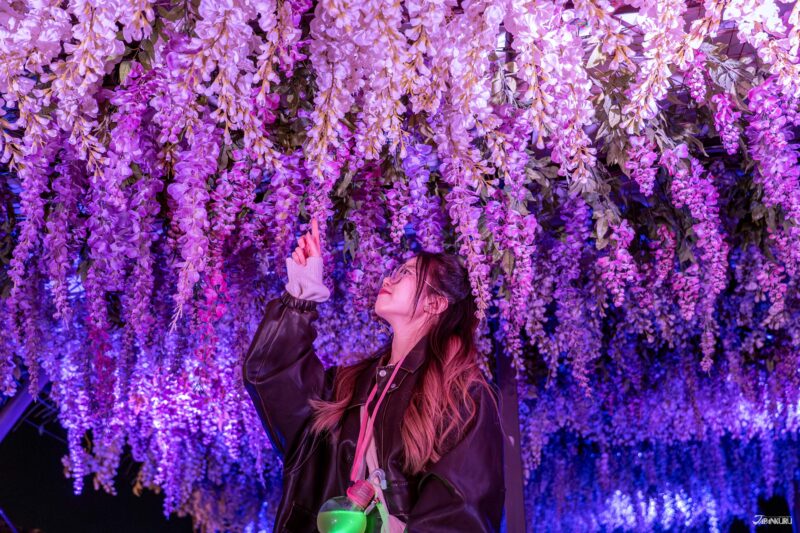 Tokyo Winter Recommendation: Don’t Miss Tokyo Mega Illumination, Japan’s #1 Light Show
Tokyo Winter Recommendation: Don’t Miss Tokyo Mega Illumination, Japan’s #1 Light Show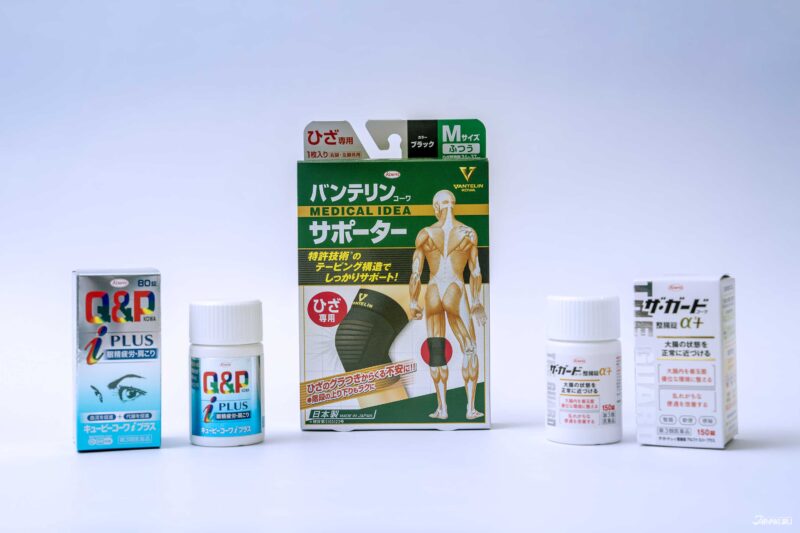 ป้ายยาสินค้าน่าซื้อในร้านขายยาญี่ปุ่น | KOWA ผลิตภัณฑ์เพื่อสุขภาพสำหรับคนยุคใหม่
ป้ายยาสินค้าน่าซื้อในร้านขายยาญี่ปุ่น | KOWA ผลิตภัณฑ์เพื่อสุขภาพสำหรับคนยุคใหม่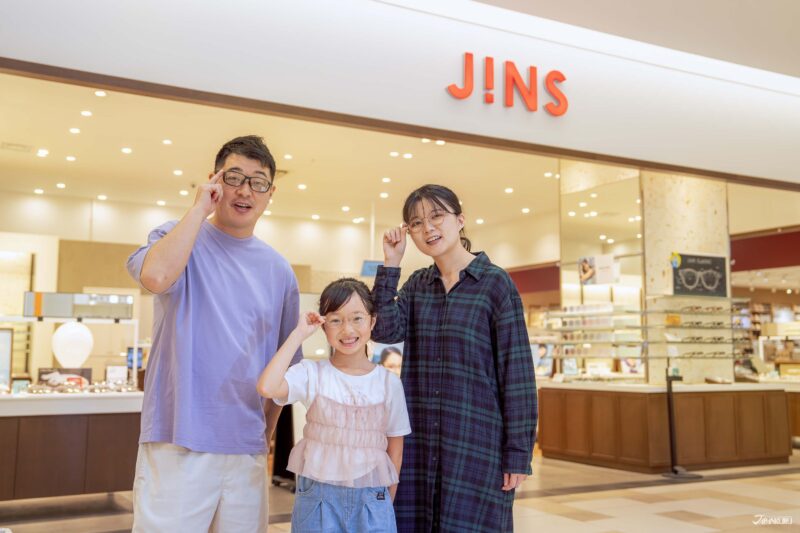 Okinawa Family Road Trip: Japanese Glasses Shopping at San-A Urasoe West Coast PARCO CITY, Discount Coupons, & Okinawa Sightseeing with JINS
Okinawa Family Road Trip: Japanese Glasses Shopping at San-A Urasoe West Coast PARCO CITY, Discount Coupons, & Okinawa Sightseeing with JINS
















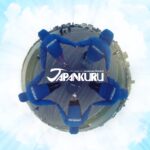



 >> Find out more at Japankuru.com! (link in bio)
#
>> Find out more at Japankuru.com! (link in bio)
#





 The Robot Restaurant is gone, but the Samurai Restaurant is here to take its place. Check it out, and don't forget your coupon!
The Robot Restaurant is gone, but the Samurai Restaurant is here to take its place. Check it out, and don't forget your coupon!
 신주쿠의 명소 로봇 레스토랑이 사무라이 레스토랑으로 부활! 절찬 쿠폰 발급중
신주쿠의 명소 로봇 레스토랑이 사무라이 레스토랑으로 부활! 절찬 쿠폰 발급중
 18歲以上才能入場的歌舞秀,和你想的不一樣!拿好優惠券去看看~
#tokyo #shinjuku #samurairestaurant #robotrestaurant #tokyotrip #도쿄여행 #신주쿠 #사무라이레스토랑 #이색체험 #할인이벤트 #歌舞伎町 #東京景點 #武士餐廳 #日本表演 #日本文化體驗 #japankuru #japantrip #japantravel #japanlovers #japan_of_insta
18歲以上才能入場的歌舞秀,和你想的不一樣!拿好優惠券去看看~
#tokyo #shinjuku #samurairestaurant #robotrestaurant #tokyotrip #도쿄여행 #신주쿠 #사무라이레스토랑 #이색체험 #할인이벤트 #歌舞伎町 #東京景點 #武士餐廳 #日本表演 #日本文化體驗 #japankuru #japantrip #japantravel #japanlovers #japan_of_insta
 코지마 x 빅 카메라 쿠폰으로 일본 가전 제품 쇼핑하기
#pr #japankuru #japanshopping #kojima #biccamera #japaneseskincare #yaman #dji #osmopocket3 #skincaredevice #日本購物 #美容儀 #相機 #雅萌 #日本家電 #일본여행 #면세 #여행꿀팁 #일본쇼핑리스트 #쿠폰 #일본쇼핑 #일본브랜드 #할인 #코지마 #빅카메라 #japankurucoupon
코지마 x 빅 카메라 쿠폰으로 일본 가전 제품 쇼핑하기
#pr #japankuru #japanshopping #kojima #biccamera #japaneseskincare #yaman #dji #osmopocket3 #skincaredevice #日本購物 #美容儀 #相機 #雅萌 #日本家電 #일본여행 #면세 #여행꿀팁 #일본쇼핑리스트 #쿠폰 #일본쇼핑 #일본브랜드 #할인 #코지마 #빅카메라 #japankurucoupon